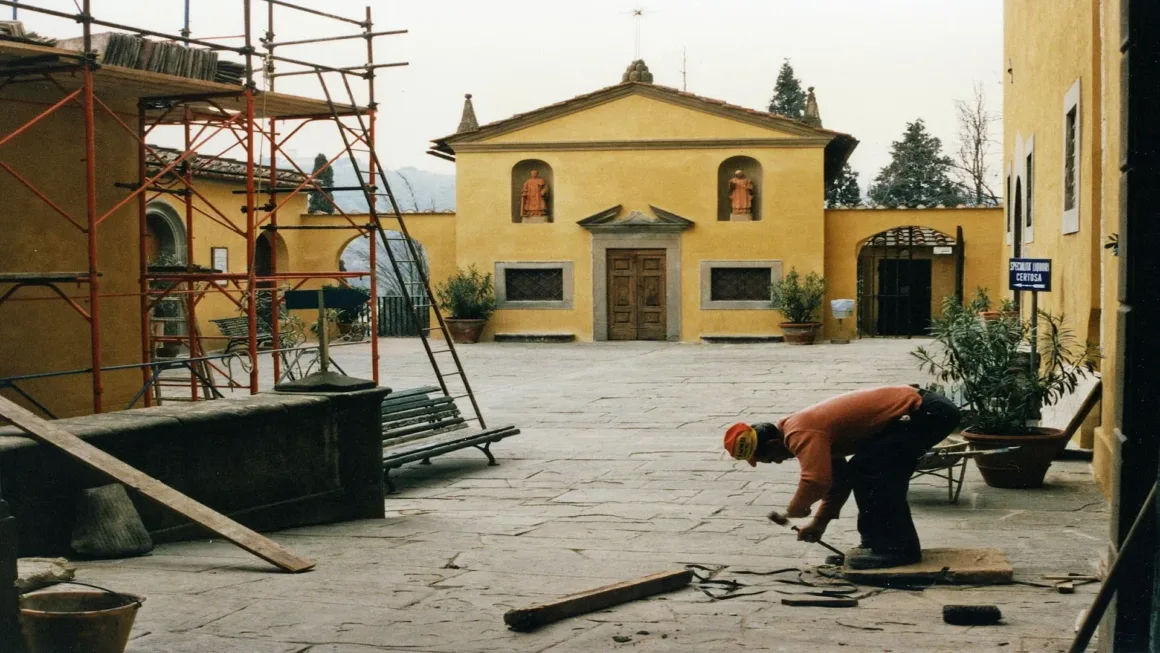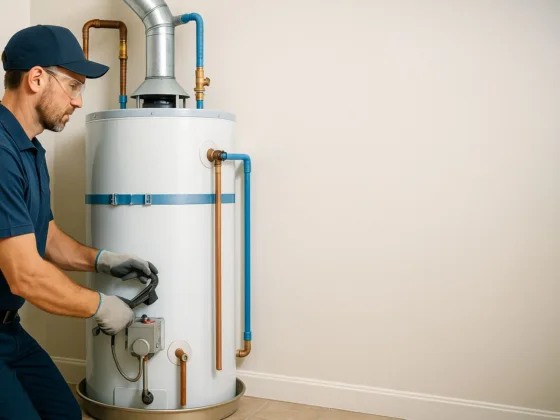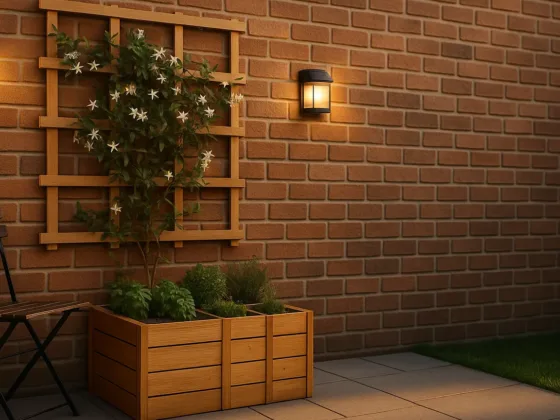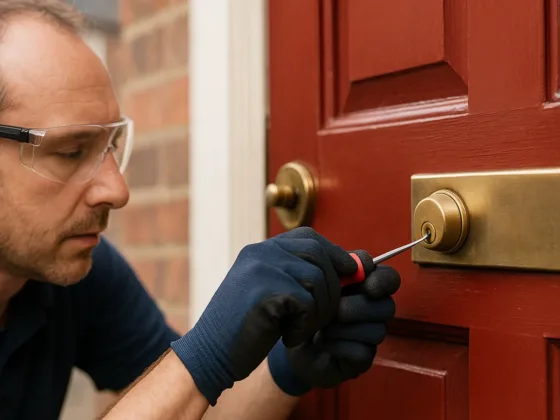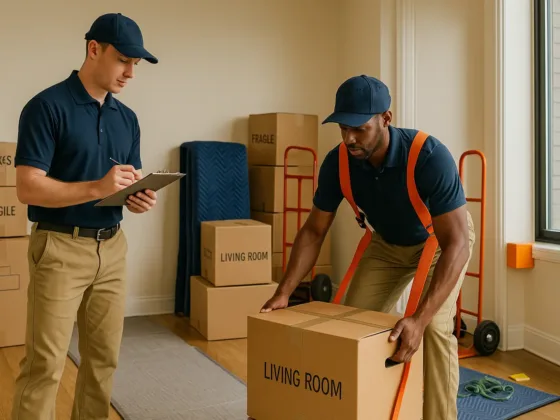Table of Contents Show
Walk through Sydney’s older suburbs and you’ll notice something: glass towers may dominate the skyline, but it’s the sandstone terraces, Federation cottages, and Victorian shopfronts that really give the city personality. These aren’t just buildings—they’re stories made of brick and mortar.
But preserving them? That’s not as simple as rolling on a fresh coat of paint. Heritage properties demand patience, specialized know-how, and a bit of detective work. If your property is heritage-listed—or simply bursting with historic charm—here’s why you want actual specialists in heritage restoration in Sydney on site.
What Heritage Restoration Really Means
Restoration is not the same as renovation. Renovation updates. Restoration preserves—maintaining quirks, craftsmanship, and the cultural essence, while bringing the place up to modern standards.
Ever tried patching a damp lime-plastered wall with regular cement? It’s not pretty—and it doesn’t last. The wall needs to breathe, or it cracks like an old glass vase. Same with sandstone structures: use the wrong mortar and years of history can crumble fast.
We follow the Burra Charter for conservation philosophy, and rely on approval processes overseen by the Heritage Council of NSW. That means paperwork, sometimes delays—but it’s essential before even starting any restoration.
Why Heritage Homes Aren’t Like Modern Buildings
Treating a heritage building like a brand-new home? That can spell trouble.
- Materials matter: A Glebe terrace’s bricks aren’t the same as today’s mass-produced ones. Use modern cement mortar instead of lime, and you’ll see spalling (crumbling).
- Methods matter: Manual craftsmanship—lime render, hand-cut stone, pressed-metal ceilings—made these buildings last. Modern shortcuts can ruin them.
- Approval matters: Even repainting a terrace in Balmain often requires approval for heritage colour palettes. Every small change may need a permit.
How to Choose the Right Heritage Specialist in Sydney
Not every builder can handle heritage work. Here’s what to look for:
- Experience: A solid portfolio with terraces, shopfronts, and churches.
- Expertise in law: Knowledge of heritage overlays, conservation principles, and council compliance.
- Craft skills: Lime rendering, tuckpointing, stained-glass repairs, pressed-metal recasting—skills you won’t find everywhere.
- References: Past clients with heritage properties can confirm whether deadlines and authenticity were respected.
- Professional affiliations: Membership in the National Trust or the Australian Institute of Architects’ Heritage Chapter shows credibility.
- Teamwork: Specialists should know how to collaborate with architects, conservators, and council heritage officers.
Client Feedback:
★★★★★ “We were nervous about the process, but Euroka Projects handled everything—from council approvals to the final lime rendering. The result looks authentic, and we didn’t have to stress about compliance.” — Homeowner, Balmain
What Specialists Actually Do
These experts are part tradesman, part detective.
First comes the survey. They’ll walk through a Victorian terrace and spot things the untrained eye misses—like hairline cracks in lime plaster from moisture migration.
Then comes the sourcing. Salvaged bricks from demolition yards, custom plaster mouldings, precise lime mortar mixes. Stained glass? Specialists repair corrosion in the lead strips (called “cames”) and carefully reassemble century-old windows piece by piece.
Pressed-metal ceilings often need recasting. That means creating new moulds, recasting, and blending seamlessly with original panels.
And then there’s compliance. Anyone who’s dealt with heritage council paperwork knows it’s not quick. Specialists often take this burden off homeowners, ensuring approvals are secured before work begins.
Mini Case Example:
A Federation home in Mosman had bowing stained-glass windows. Instead of replacing them with modern glass, specialists dismantled and rebuilt each panel—preserving the original and strengthening it for another hundred years.
Why It’s Worth It
Yes, heritage restoration costs more than standard renovations. But here’s why it’s worth every cent:
- Longevity: Lime mortar joints look old-fashioned but let old brickwork breathe—one reason 19th-century terraces still stand today.
- Value: Buyers in Sydney’s Inner West and Eastern Suburbs often pay more for homes restored with character and care.

As one of our clients in Glebe put it:
★★★★★ “Euroka Projects didn’t just restore our house, they brought its soul back to life. It feels like the home was always meant to look this way.”
- Cultural importance: Think of King Street in Newtown. Those sandstone shopfronts are part of the streetscape. Lose them, and the place just wouldn’t feel the same.
As the Heritage Council reminds us: once original features are gone, they’re gone for good.
Final Thoughts
Heritage restoration in Sydney isn’t a DIY project. It’s a responsibility. These homes and buildings are the physical record of the city’s history.
Done well, restoration isn’t about turning back the clock. It’s about respecting the past while making sure these landmarks stand strong for future generations.
People Also Ask (FAQs)
1. Do you always need council approval to renovate a heritage house in Sydney?
Almost always. Even small jobs—like repainting or replacing windows—require approval. Councils and the Heritage Council of NSW want to ensure changes protect the character of the building.
2. How much does it usually cost to restore a heritage property?
It depends. Fixing cracked plaster may only cost a few thousand. Full façade restorations with tuckpointing, stained-glass repair, and roofing can run into six figures. The difference is in the specialist trades and custom materials that make the work last.
3. Can you add a modern extension to a heritage-listed home?
Yes, but it has to complement the old. Councils rarely object to more space, but they’ll reject anything that overpowers or clashes. A skilled heritage builder can blend modern living with historic charm.
4. What is the Burra Charter, and why do specialists talk about it?
It’s Australia’s core conservation guide. It sets out principles for preserving authenticity, cultural value, and integrity. Heritage specialists use it as their blueprint.
5. Why shouldn’t I just hire a regular builder?
Because heritage buildings aren’t modern houses. The wrong mortar or paint can cause irreversible damage. Specialists know the quirks of old materials and handle council approvals, saving you stress and money in the long run.
About Euroka Projects
Euroka Projects is a Sydney-based construction firm delivering residential, commercial, and heritage restoration projects across NSW. Formed by a builder, carpenter, and electrician, the team brings over 30 years of combined experience. They’re Supply Nation Certified and proud members of the NSW Indigenous Chamber of Commerce (NSWICC), showing a commitment to quality, social impact, and Indigenous participation.
Euroka manages end-to-end delivery—from design and budgeting to approvals, construction, and quality control. Notable heritage projects include the restoration of the 1800s boat shed on Goat Island (2024) and the cast-iron Retort House at HMAS Platypus (Aug 2024), alongside multiple residential heritage renovations across Sydney.
Contact: 02 8261 0072 • admin@eurokaprojects.com.au • Unit 9/45 Central Hills Dr, Gregory Hills NSW 2557
Last updated: August 29, 2025
